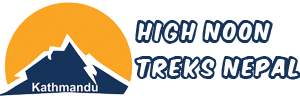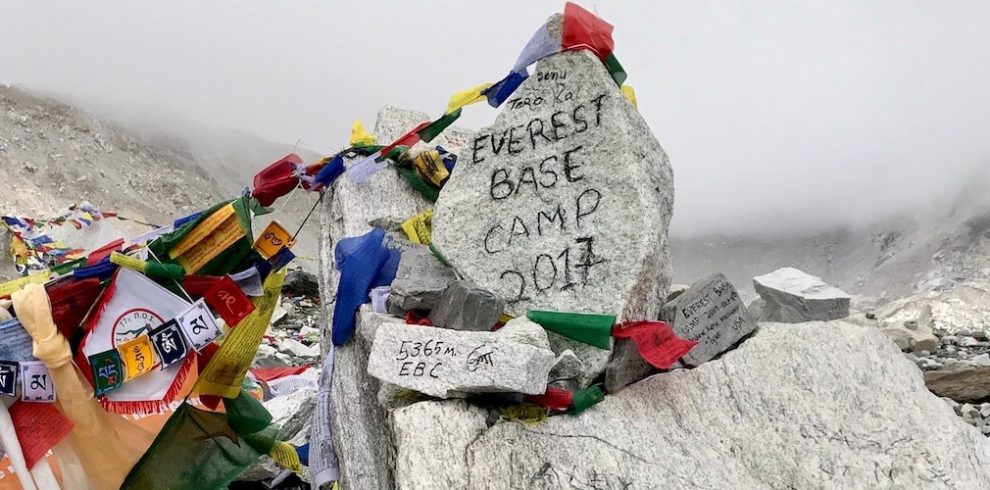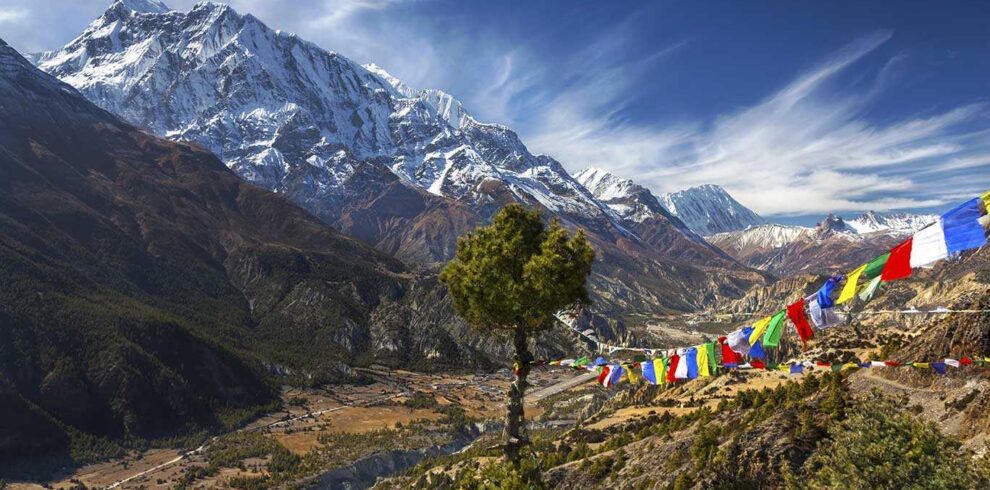Overview
The Upper Mustang Trek is a popular trekking route located in the remote region of the Mustang district in Nepal. This trek takes you to the hidden kingdom of Mustang, which was once an independent kingdom with its own king and government. The region has been isolated from the rest of Nepal for many years, which has helped to preserve the ancient Tibetan culture and traditions of the people who live here.
The trek starts in the town of Jomsom, which is accessible by flight from Pokhara or by road from Kathmandu. The trail follows the Kali Gandaki River through barren and rocky landscapes, as you gradually ascend towards the walled city of Lo-Manthang, the capital of the former Mustang kingdom.
During the trek, you will encounter traditional Tibetan-style villages, ancient monasteries, and stunning landscapes. The highlight of the trek is visiting the walled city of Lo-Manthang, which is home to the 15th-century Mustang Palace, monasteries, and ancient caves. The city is a living museum of traditional Tibetan culture, with many buildings and artifacts dating back centuries.
The Upper Mustang Trek is a challenging trek that requires a good level of physical fitness and acclimatization to the high altitude. The best time to do the trek is from March to November, when the weather is dry and clear. It is also a restricted area, and trekkers need a special permit to enter the region, which is available through authorized trekking agencies.
Overall, the Upper Mustang Trek is a unique and unforgettable experience that offers a glimpse into a fascinating and ancient culture and history that is still preserved to this day.
Highlights
- Trek to the remote and hidden kingdom of Mustang
- Explore the walled city of Lo-Manthang with its 15th-century Mustang Palace and ancient monasteries
- Encounter traditional Tibetan-style villages and stunning landscapes
- Experience a living museum of traditional Tibetan culture
- Requires a good level of physical fitness and acclimatization to the high altitude
- Best time to do the trek is from March to November when the weather is dry and clear.







